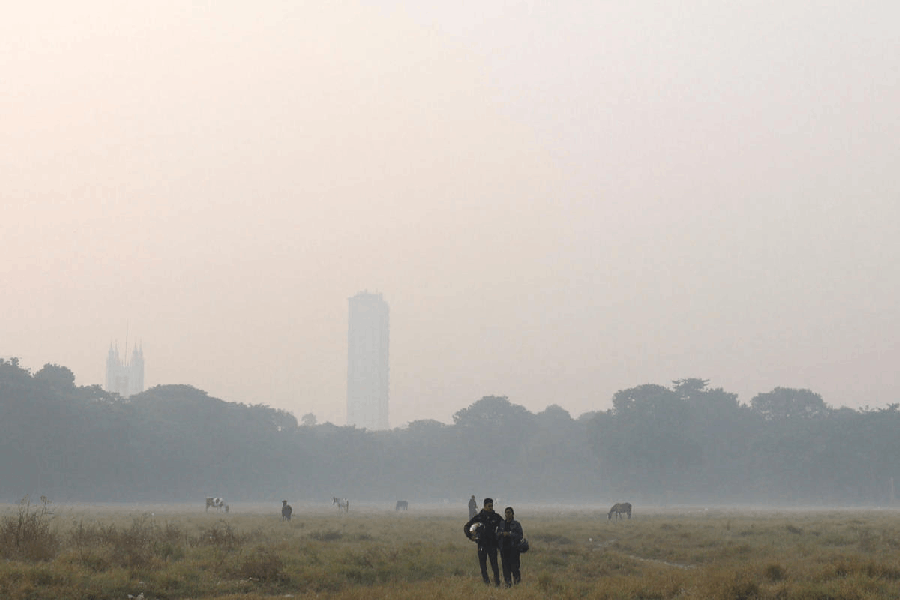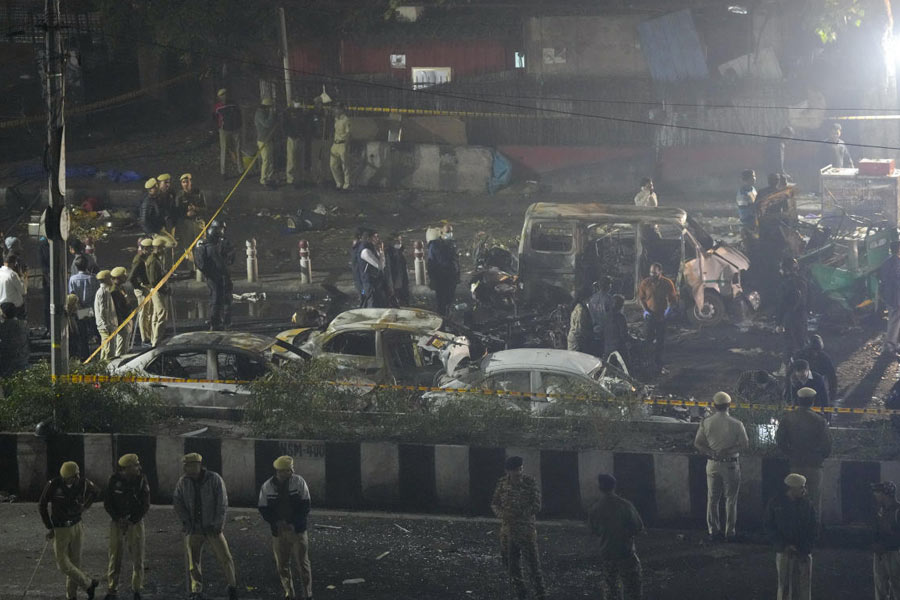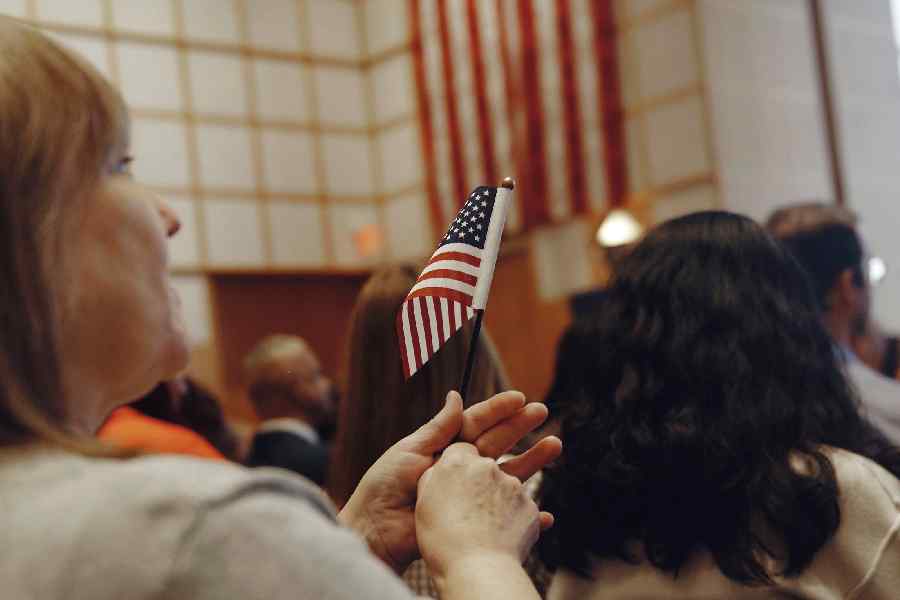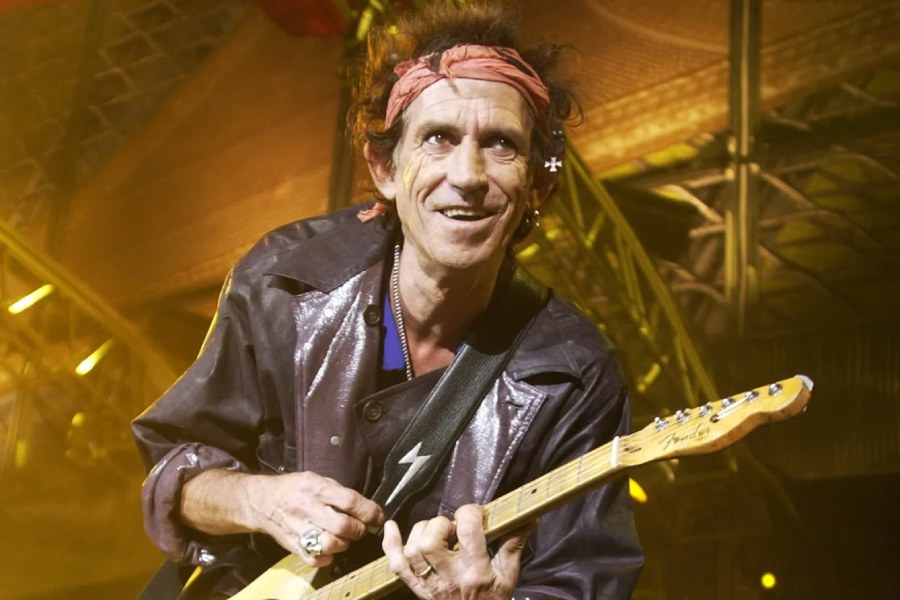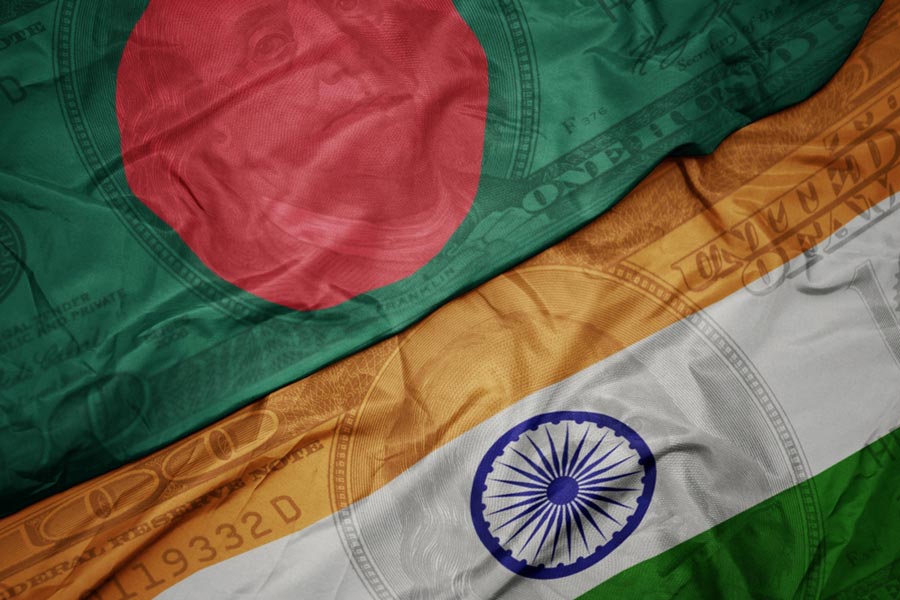 |
Q: First of all, what made you cast Hrithik and Aishwarya as Akbar and Jodha?
There’s a certain royal quality to Hrithik’s face and body language. He’s just amazing in those aspects. As for Aishwarya, she’s to me the quintessential princess…straight out of Amar Chitra Katha…the distressed princess waiting in her chamber. Aishwarya has the elegance and, of course, the beauty. Calling her beautiful is an understatement. Though we’ve seen her in so many avataars, as Jodha she’s something else. Hrithik and Ash are amazing together.
Q: How do you tell the two Ashs — Ashutosh and Aishwarya — apart on the sets?
Ha-ha. I insist everyone call her Aishwarya off-the-sets. On the sets we call her Jodha.
Q: What about the objections raised by the Animal Welfare Board?
I’ve been in touch with them and I’ve all the required permissions with details of how many animals I’m using and of which livestock. I’ve specified in my letter that I’m using 69 elephants, 50 camels and 100 horses. Every four hours the animals are given a rest period. A member of the Animal Welfare Board visits the sets. I wanted everything worked out on paper. But I have to know beforehand what I am not supposed to do.
Suppose I’m suddenly informed that the mukhiya from Lagaan can’t be shown smoking, I can’t do much about it.
 |
Q: Do you think the no-smoking clause is a killer for filmmakers?
It depends. In Jodha-Akbar, Emperor Humayun smoked the hookah. You can’t tell me I can’t show him smoking. That’s history. And I’m being allowed that.
Q: You’re using authentic jewellery of the Mughal period?
Yes, we’re recreating the authentic jewellery of that period based on the miniature paintings of Rajasthan. Jodha and Akbar’s jewellery has to look as it did in that era. Today’s jewellery is cut in a different way. We’ve several designers on the job. And Neeta Lulla has designed the whole cast’s look —Hrithik, Aishwarya, the soldiers….
Q: So much labour, history and effort…tired already?
No, no! I’m enjoying myself. I feel very very excited. All the detailing was done to make sure no time was wasted when we actually started shooting. To me direction is 80 per cent on paper.
Q: Why did it take you so long to actually start shooting?
Hydar Ali, on whose story the film Jodha-Akbar is based, narrated it to me right after I finished Lagaan. Since then Hydar and I were working on the screenplay. I had the option to start making Jodha-Akbar before Swades. But I thought this one needed much more detailing. Though Jodha-Akbar again took me back in time, it wasn’t the same thing as Lagaan where I could give free rein to my imagination. Bhuvan in Lagaan and Mohan Bhargava in Swades were my characters. Not Jodha and Akbar.
Q: You better get the Mughal history right, or else the historians will clobber your film.
Hah! That’s the first thing I did. I met a whole lot of historians. After Swades, Jodha-Akbar just took shape effortlessly. The research helped me to arrive at a place where my imagination was completely unfettered. I’m sure of one thing. I’m not making a historical document. At the end of the day Jodha-Akbar has to be a good story told in an interesting manner. I don’t want to make a biopic. The background is seeped in history. But the characters are mine. No one knows how Jodha or Akbar behaved. I’ve to imagine their romance, the palace and harem politics. I’d say 20 per cent is history, 80 per cent is my imagination.
Q: Are you ready to deal with the purists?
When I met the eminent historian Irfan Habib of Aligarh University he heard my plot. He thought it was a fabulous idea. He told me to forget about history, or else I won’t be able to make my film. Then I had script sessions with the Maharani and Maharaja of Jaipur who are the direct descendants of Jodha. They’re extremely excited about the film. They did the film’s mahurat at the Jaipur City Palace. I’ve also met historians from Jamia Millia and Mumbai University. And I’ve got the well-known Omar Khayyam Saharanpuri as my cultural advisor. These are experts on the subject of Akbar’s own secular religious order, Din-e-Ilahi.
 |
Q: What about the Hindu-Muslim love story?
I don’t think of my characters as religious entities. I think of them as my two protagonists whose love went beyond all considerations. I can’t allow my vision to be coloured by these considerations. If in 1562, when my romance eventuates, political and religious undertones do resonate then I won’t try to stop them. But these are not my primary concerns as a filmmaker.
Q: How different is it occupying a fictional historical and a historical mindspace in Lagaan and Jodha-Akbar?
My concerns as a filmmaker remain unchanged. I want to create a world where people look and say, ‘Yes, this is how people would’ve lived at that time.’ I like to fiercely protect my journey into that world from the past. Be it 1892 in Lagaan or 1562 in Jodha-Akbar, the responsibilities are the same. What changed is the scope of the imagination applied. It’s a tougher film to make because I’ve to fuse my imagination with the legacies of the Mughal empire that still remain, like the fort of Ajmer which still stands.
Q: There’s a growing feeling that costume dramas don’t work at the box-office?
To me the period is not relevant. The story has to connect with me emotionally, romantically and dramatically. Besides, how many of the films set in present times work? So if I’ve to fail I might as well do so while doing what I want to do.
Q: How different is Jodha-Akbar from K. Asif’s Mughal-e-Azam?
That you’ll have to see. Without explaining what I’m doing, I’ll say I’m not competing with Mughal-e-Azam at all. It’s a mountain of a classic. No one can surpass it. Jodha-Akbar is not a remake of any film. I’ll just tell my story as best possible. I want to tell an intense love story. I’m making my own discoveries about the central love story as seen through the eyes of history. I hope to carry the burden lightly.






